Chinese ghost cities are considered to be a modern, surreal phenomenon.
China is seen as one of the driving forces in the modern global economy. Since the late 1970s, the nation has experienced a consistent GDP increase of around 10% per year. In doing this, it has eliminated poverty for over 800 million of its citizens. This incredible economic boom coincided with improvements in healthcare, education, employment, and other social factors.
China's death rate had already dropped by the turn of the 20th century, and its relatively high birth rate caused a population explosion. Between 1950 and 1982, the population almost doubled from 546 million to 1 billion inhabitants. From 1982 to 2018, this number rose by a further 400 million citizens. So many new people made the need for new housing an urgent priority for the government.
Building For The Future

With their enormous landmass and thriving economy, the Chinese had plenty of resources to construct new homes. Cities including Beijing and Shanghai expanded with their populations. In many cases, the Chinese government tried to predict future development by building ahead of population rises. Rural districts and the suburbs surrounding cities were the focus of construction projects.
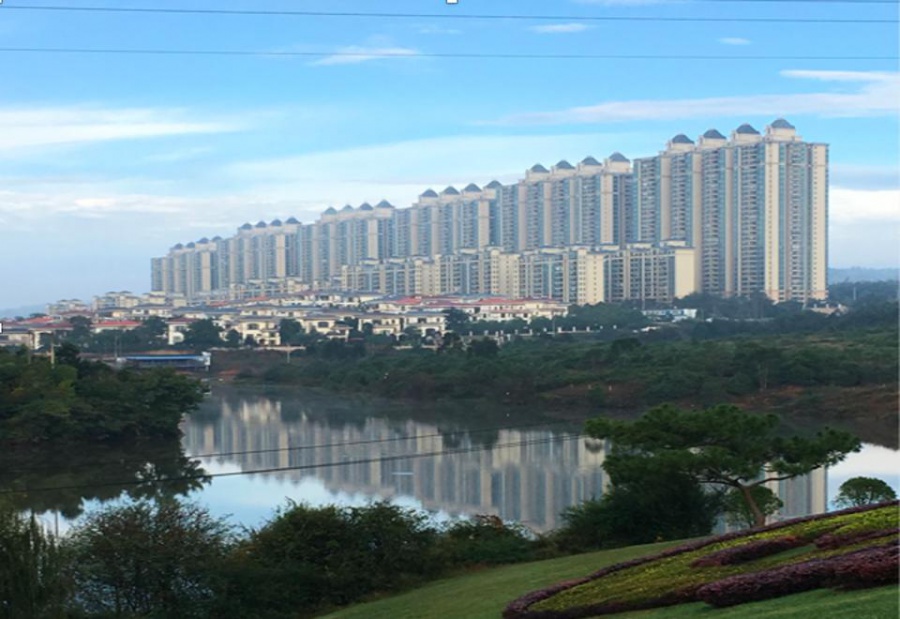
In these areas, the purpose of the building was to produce homes and all the necessary infrastructure for a functioning town―roads, bridges, train stations, government buildings, etc. These suburbs tend to be so large that they dwarf many reasonably sized cities in America and Europe.

With all the makings of a fast-paced town yet no inhabitants, these areas quickly earned the title of ghost cities. This term is technically incorrect since a ghost city implies rapid emigration of people from a once lively city. These parts of China start unused, with plans to fill up later.
Where Are These Ghost Cities?

The most vivid examples of impressive, near uninhabited complexes are in Western and Northern China. The provinces of Xinjiang and Inner Mongolia are rural and sparsely populated compared to the East and South of China. They are also comparatively poor, with lots of room for urbanization. New developments in these areas are intended to attract new residents, businesses, and visitors to boost the local economies.

There are other instances of ghost cities. These arise on the outskirts of already major towns or between big cities. Most notably, the province surrounding the capital Beijing (Hebei), is home to several such empty settlements.
Here are eight famous cases of big cities with few residents, popularly known as Chinese ghost cities.
Kangbashi, Inner Mongolia

Situated on the edge of the Gobi desert, the Kangbashi area of Ordos was set up to become a thriving center of Inner Mongolia. Profits from local natural resources financed much of the new housing.

Despite Kangbashi's beautiful architecture and attractions, it didn't have nearly enough people to use them, so it is now among the most famous Chinese ghost cities. This fact caught the attention of the world's media. In 2010, the town that could house 300,000 people had an estimated population of just 20-30,000.
Kashgar, Xinjiang

This is one of the oldest settlements in the world on the historic silk road joining China to Central Asia and Europe. China's wealthiest cities have donated a portion of their GDP to a government scheme to help lift poorer towns in Xinjiang out of poverty.
By 2015, this amount had reached $8.5 billion, and the plan for Kashgar was key to increasing prosperity in the entire province.

By 2017, the city's proposed 200,000 square meter development was still largely unfinished. Increased security concerns due to terrorist attacks originating from Xinjiang slowed construction efforts.
Yulin, Shaanxi Province

Just South of Inner Mongolia, Yulin benefits from nearby coal and oil reserves. These industries generated the wealth needed to build large-scale homes and apartment complexes en masse.
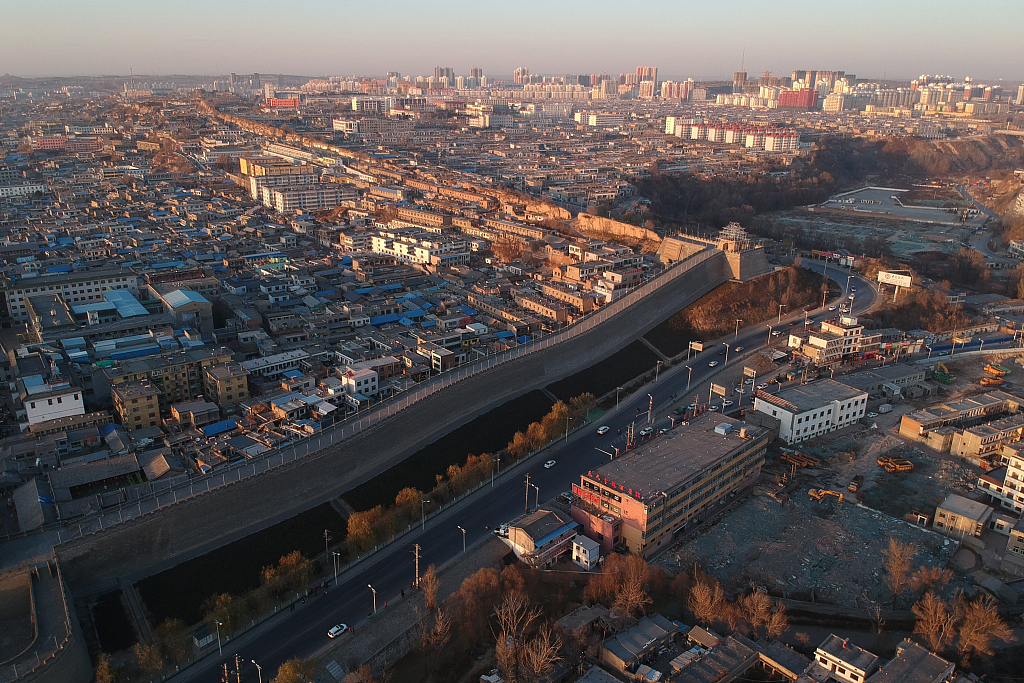
As with other places on this list, China did so with the future in mind. Only limited numbers moved into the new accommodation at the time of installation, making it one of the most famous Chinese ghost cities.
Caofeidian, Hebei Province

This settlement is 200km from Beijing on China's East coast and is based on reclaimed land. The process to make Caofeidian habitable was possible through funding from bank loans. $91 billion was spent to try and make this a vibrant city, as the Chinese installed housing for 1 million residents.
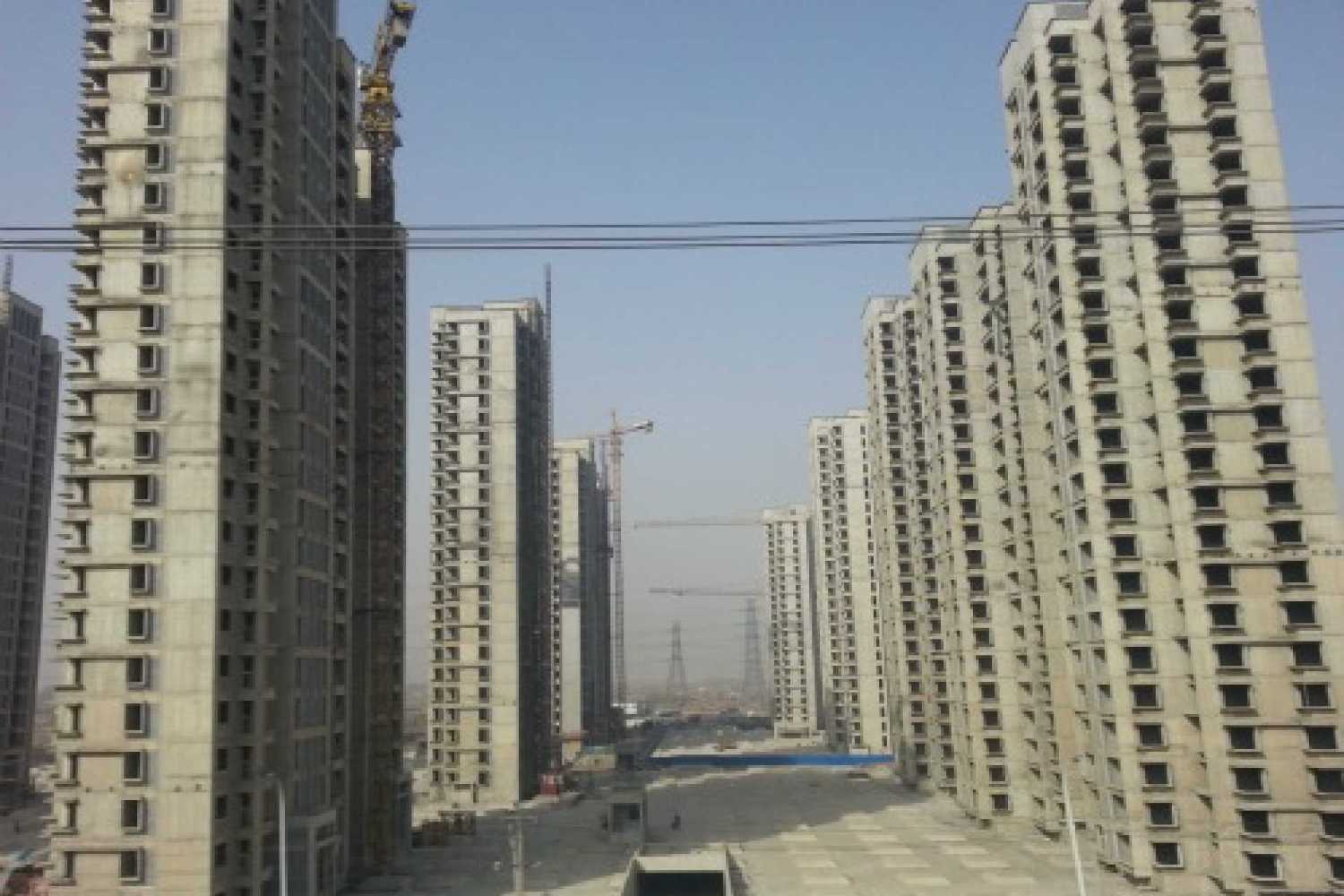
In 2014, Caofeidian was home to only a few thousand people. Unfortunately, rising costs of construction materials and shrinking government support put an end to the loans. Hence much of the infrastructure remained only partially built.
Chenggong, Yunnan Province

Located in the South of China, Chenggong is one of the areas surrounding the major city of Kunming. Worries about housing shortages in the city center meant that many complexes were swiftly built in this district.

Much like in Kangbashi, these homes were mostly empty at the start―in 2012, Chenggong was described as one of the biggest ghost cities in Asia.
Tianducheng, Zhejiang Province
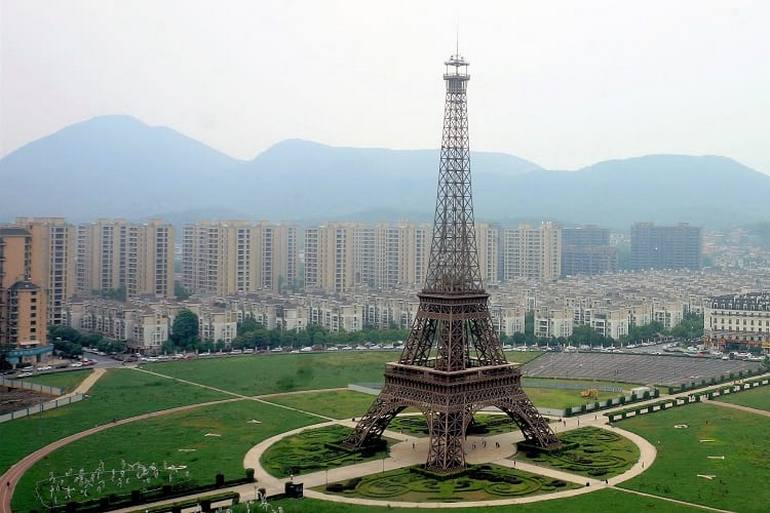
Tianducheng is one of the strangest towns in China. Upon first glance, you would think that the above photo was from Paris, France. That is because this city in Eastern China was designed with the iconic European city as its blueprint. It contains replicas of the famous Eiffel Tower and Champs-Élysées.

This place certainly has a unique visual appeal in China. Construction started in 2007, and although the land covers 31 square kilometers, only 2000 people lived there in 2013.
It is among the most European among all Chinese ghost cities.
Yujiapu, Tianjin Province
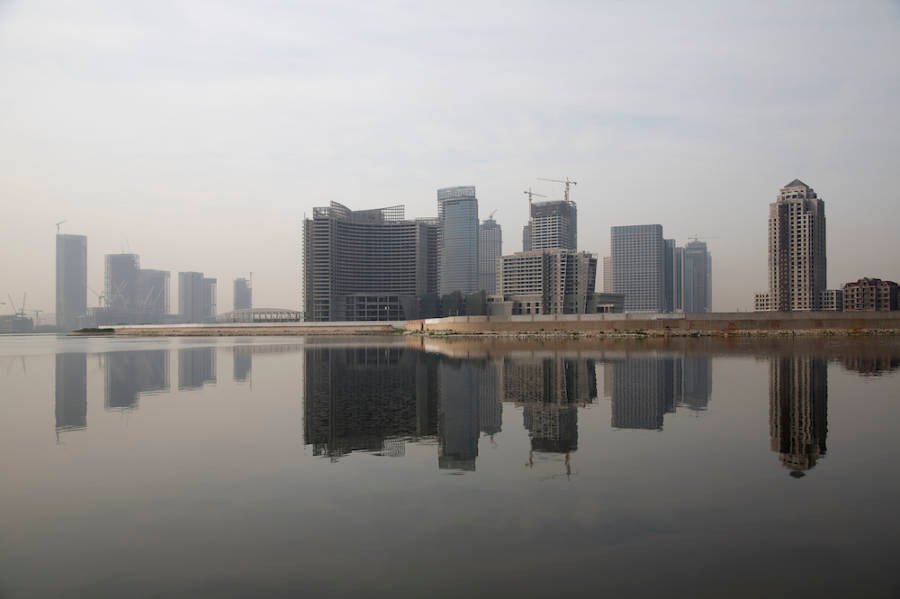
The Yujiapu area of Tianjin (a province just south of Beijing) has been called the Manhattan of the East. This was supposed to be a bustling financial district, though, in 2019, 80% of its office space was unoccupied.

To make matters worse, the local government had to go into debt to finance the development. Until the area can attract more businesses, Tianjin cannot pay back the borrowed money.
Shanghai Suburbs

To deal with Shanghai's ever-swelling urban population, local authorities planned to build six new towns in the suburbs. Work began in 2001, and the architecture was supposed to model buildings found in Western Europe, i.e., Spain, Italy, and Holland. The street above is part of "Thames Town" and mimics central London's style.

By around 2016, it turned out that the high home prices were only affordable to Shanghai's rich. Even those that did purchase property mostly saw it as an investment. The result is that these towns are mainly empty and serve as photo backdrops or tourist attractions.
What Is Happening With The Chinese Ghost Cities Today?

Was the rapid development of these and many similar locations clever planning, or simply a waste of resources and the birth of countless ghost cities?
Some experts described the appearance of so much housing as a gamble that could backfire. They claimed that many Chinese could never afford to live in the new apartments. Journalists even predicted a housing bubble burst.
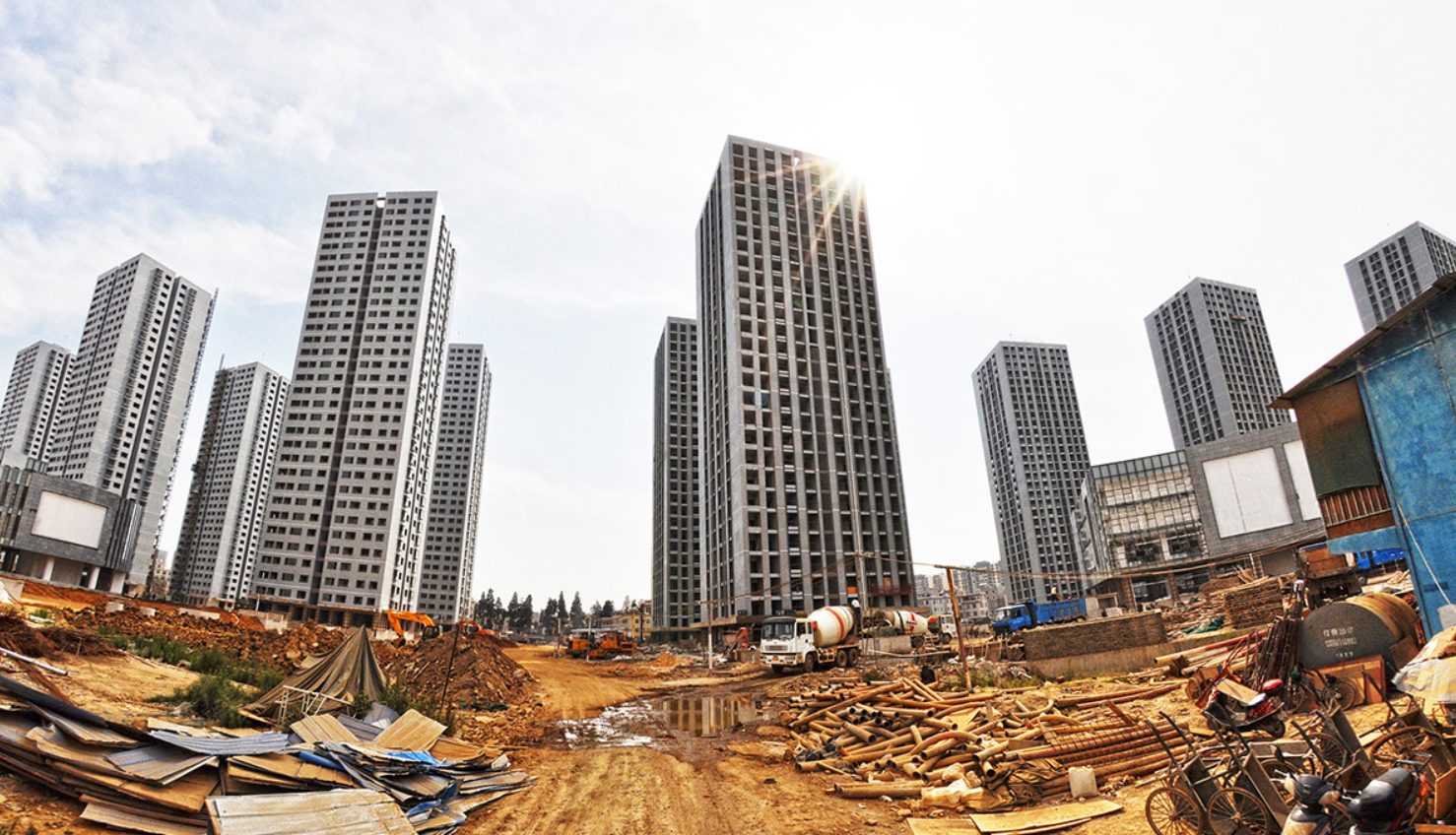
While such widespread rapid construction seemed drastic in the short term, some Chinese ghost cities are slowly coming to life. In the case of Kangbashi, the population rose to 153,000 in 2017 (up from under 30,000 in 2010), by which point there were over 4000 businesses in town. Moreover, local property prices soared once one of China's best schools moved to Kangbashi.
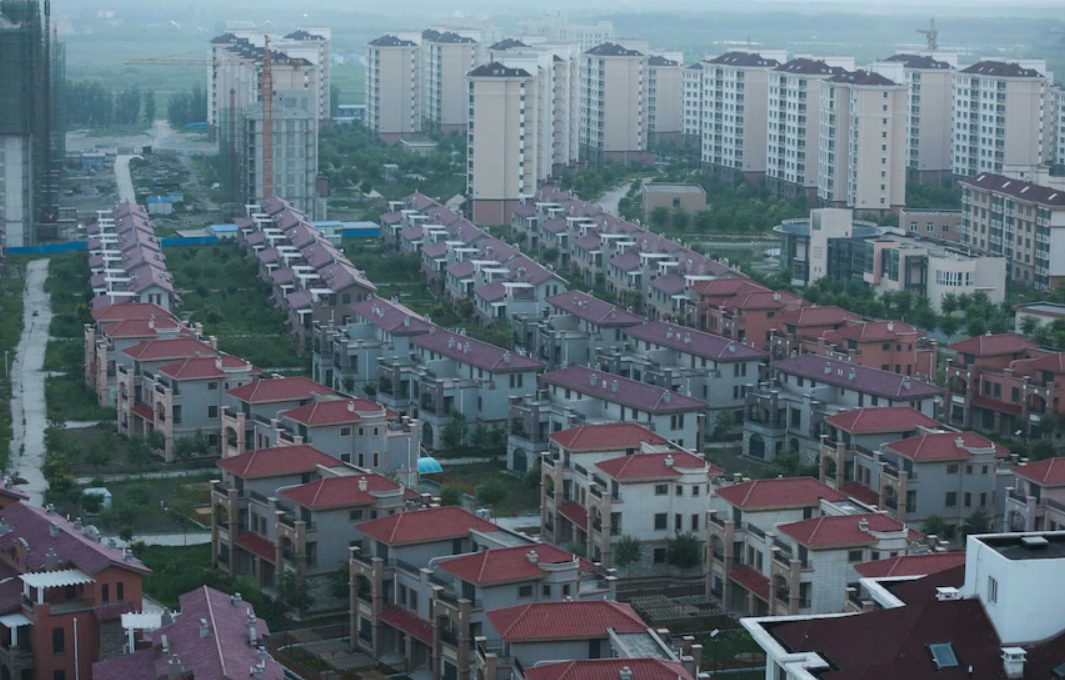
Chenggong also began to blossom with the addition of subway stations and university campuses. Green spaces, markets, and restaurants have appeared too. These amenities have helped to transform the region from a ghost city into a desirable hometown.

Even Tianducheng experienced remarkable growth. The town dubbed Paris 2 housed 30,000 inhabitants by 2017, which was 15 times its 2013 population. This was largely thanks to the promise of a nearby train line.
In China, it seems that a surplus of housing does not guarantee ghost town status. With sufficient employment, transport links, and attractions, there is a good chance for deserted areas to fill up, given enough time.



